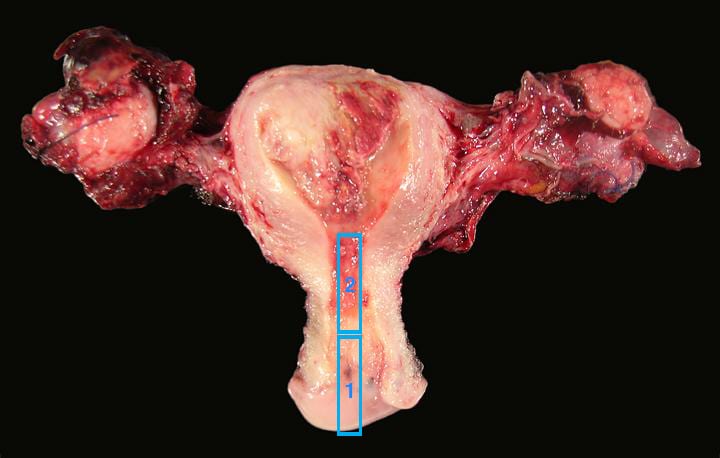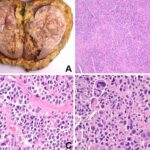Malignant neoplasm of the uterus, commonly referred to as uterine cancer, is a significant health concern among women. This type of cancer originates in the tissues of the uterus, primarily in the endometrium (endometrial cancer) or the myometrium (uterine sarcoma). Early diagnosis and effective treatment are crucial for improving survival rates.

Types of Uterine Cancer
1. Endometrial Cancer
Endometrial cancer is the most prevalent type of uterine cancer, primarily affecting the inner lining of the uterus. It accounts for approximately 90% of all uterine cancers.
2. Uterine Sarcoma
This rare but aggressive form of uterine cancer arises in the muscle layer or supporting tissues of the uterus. Uterine sarcomas constitute less than 10% of uterine cancers.
Causes and Risk Factors
Several factors contribute to the development of malignant neoplasm of the uterus:
- Hormonal Imbalance: Elevated estrogen levels increase the risk of endometrial cancer.
- Obesity: Excess body fat leads to higher estrogen production.
- Genetic Factors: A family history of uterine or colorectal cancer increases susceptibility.
- Age: Most cases occur in women over 50.
- Diabetes and Hypertension: These conditions are linked to higher cancer risk.
Symptoms of Uterine Cancer
Women with uterine cancer may experience the following symptoms:
- Abnormal vaginal bleeding or discharge
- Pelvic pain or pressure
- Pain during intercourse
- Unexplained weight loss
- Frequent urination
Early symptoms, particularly abnormal bleeding, should prompt immediate medical consultation.
Diagnosis
A combination of the following diagnostic procedures is used:
- Pelvic Exam: Physical examination to check for abnormalities.
- Transvaginal Ultrasound: Imaging to assess the uterine lining.
- Endometrial Biopsy: Tissue sample analysis to detect cancerous cells.
- Hysteroscopy: Visual examination of the uterus with a specialized scope.
- MRI and CT Scan: Advanced imaging to determine cancer spread.
Treatment Options
1. Surgery
- Hysterectomy: Removal of the uterus, often with ovaries and fallopian tubes.
- Lymphadenectomy: Removal of lymph nodes to check for metastasis.
2. Radiation Therapy
Used post-surgery or in advanced cases to kill remaining cancer cells.
3. Hormone Therapy
Recommended for hormone-sensitive tumors to reduce estrogen levels.
4. Chemotherapy
Applied in advanced or recurrent cases to target cancer cells systemically.
5. Immunotherapy and Targeted Therapy
Emerging treatments focusing on boosting the immune response and targeting specific cancer cell mechanisms.
Prognosis and Survival Rates
Survival rates depend on cancer type and stage. Endometrial cancer detected in early stages has a 5-year survival rate of over 80%. Advanced cases have lower survival rates but may benefit from aggressive treatments.
Prevention and Lifestyle Modifications
- Regular Screening: Especially for high-risk individuals.
- Weight Management: Maintaining a healthy BMI reduces risk.
- Hormonal Balance: Avoid unnecessary hormone replacement therapy.
- Healthy Diet: Antioxidant-rich foods lower cancer risk.
Malignant neoplasm of the uterus is a severe but often treatable condition if detected early. Awareness, early diagnosis, and prompt treatment improve outcomes. Women experiencing symptoms should seek medical evaluation immediately to increase their chances of successful treatment.

